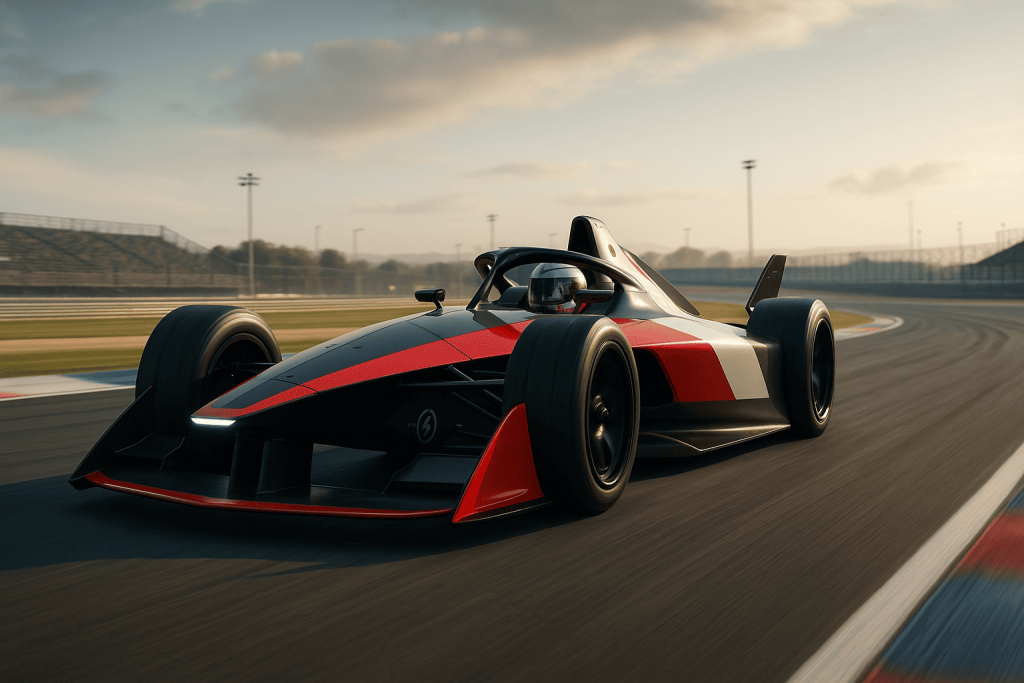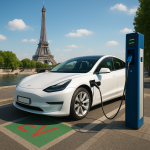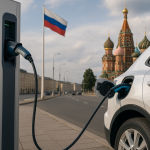Electric racing is no longer a niche curiosity—it’s the turbocharged frontier of innovation driving the future of mobility. With global series like Formula E, Extreme E, MotoE, and the emerging Electric GT Championship gaining momentum, electric motorsports are becoming vital testbeds for new technologies, sustainability practices, and public EV acceptance. These arenas don’t just entertain—they ignite engineering revolutions and spark public imagination. As the world races toward a zero-emission transport era, electric racing serves as the high-octane R&D lab that’s turning theory into practice at breakneck speed.
From Track to Road: The EV Innovation Pipeline
Unlike traditional motorsport, where combustion noise and fossil fuels dominate, electric racing prioritizes efficiency, torque management, weight distribution, and energy recovery. These are the very same challenges facing the commercial EV sector. Each race weekend becomes a live experiment, where new battery chemistries, drivetrain layouts, regenerative braking systems, and vehicle control software are pushed to the limits. The results? Faster innovation cycles, real-time stress-testing, and technology transfer directly into consumer EVs.
Battery Tech Breakthroughs Born in Battle
One of the greatest contributions of electric motorsport lies in battery development. Formula E cars, for instance, operate with energy limits per race—forcing teams to optimize every watt. This has led to breakthroughs in energy density, thermal management, and battery durability. Gen3 Formula E cars now feature ultra-lightweight battery packs capable of rapid DC charging up to 600 kW—a glimpse into what’s coming to future highway charging networks. Meanwhile, solid-state batteries are being piloted off-track, leveraging motorsport data to refine safety and performance profiles.
Advanced Powertrains and Regenerative Mastery
EV racing pushes the limits of electric drivetrains, with teams experimenting with dual-motor and even tri-motor systems. In Extreme E, for example, vehicles tackle rugged terrain using all-wheel drive powered by dual motors, offering invaluable data on off-road EV performance. Regenerative braking systems—once an exotic novelty—are now sophisticated, with multi-level control modes allowing drivers to “lift and coast” with surgical precision. These same systems are now appearing in consumer EVs, enhancing efficiency and extending range with each stoplight.
Software Is King: Real-Time Energy Management
In electric motorsport, software defines the race outcome. Machine learning algorithms, predictive modeling, and real-time energy telemetry allow teams to fine-tune every lap. These software systems then influence the development of consumer vehicle ECUs (electronic control units), which now feature adaptive cruise control, regenerative braking algorithms, and over-the-air (OTA) performance updates. As autonomous driving evolves, the software DNA of EV racing will underpin the safety and intelligence of future road cars.
Charging Infrastructure: Lessons from the Pit Lane
Fast charging is mission-critical in racing, where seconds count. The Formula E ecosystem has pioneered battery-swap concepts, flash charging, and megawatt-class connections. These lessons directly feed into public infrastructure planning—accelerating rollout of 350 kW+ chargers and MCS (Megawatt Charging Systems) for e-trucks. Pit lane technology today could be the express-lane solution at tomorrow’s highway rest stops.
Shifting Public Perception: Speed, Style, and Sustainability
Electric motorsport isn’t just technological—it’s cultural. By showcasing thrilling, zero-emission competition in major cities and exotic locations, electric racing flips the narrative of the “boring EV.” Fans witness the raw speed, agility, and sound of next-gen vehicles that don’t rely on combustion. This visibility accelerates consumer acceptance and rebrands EVs as desirable, high-performance machines—not just utilitarian green alternatives.
Eco-Innovation Beyond the Car
Electric racing also redefines sustainability itself. Extreme E transports its operations via a hydrogen-powered ship. Formula E mandates strict carbon accounting and offsets for all teams. Series are experimenting with recycled carbon-fiber bodies, biodegradable tires, and renewable-powered paddocks. These practices ripple into the broader automotive sector, influencing supply-chain ethics and climate accountability in ways that go far beyond the vehicle itself.
Automakers and Tech Giants in the Arena
Legacy OEMs and tech giants see electric racing as a critical branding and R&D arena. Porsche, Nissan, McLaren, Jaguar, and Mahindra all race in Formula E not just for trophies—but for insights. Meanwhile, ABB, Qualcomm, and Google supply critical software and hardware. The collaborative ecosystem around electric motorsport blends engineering disciplines, accelerates patent filings, and helps shorten EV product development cycles from years to months.
Talent and Workforce Evolution
Electric racing fosters a new generation of engineers fluent in data science, battery physics, software development, and sustainable design. University feeder programs and EV racing leagues (like Formula Student Electric) prepare graduates for careers in next-gen mobility. These skills are now in high demand across the automotive, energy, and tech sectors. Motorsport is once again shaping the industrial workforce of tomorrow—just without the oil stains.
Barriers and the Road Ahead
Despite progress, electric racing faces hurdles. Energy density remains a limiting factor for endurance formats; soundless cars present marketing challenges; and logistics emissions must be further slashed. But with each season, new solutions emerge. The inclusion of hydrogen fuel cell racing, synthetic e-fuels as transitional tools, and greater public engagement suggest electric racing will continue to evolve—not just survive—as EVs become the global standard.
Conclusion
Electric motorsport is not a footnote in the story of transportation—it’s the pulse that drives progress. It accelerates technology, inspires public confidence, and incubates a future that’s fast, clean, and exciting. As EVs surge into the mainstream, the lessons learned under the pressure of the racetrack—on battery life, efficiency, software, and sustainability—will define the next generation of vehicles. In the high-stakes, high-speed world of electric racing, the future is already on the starting grid—and it’s running on electrons.



lol EV races super hyped but wheres real tech gains? 🤔
Still waitin😥
right just fancy tech demos. real racing needs vroom 😎not silent golf carts lol
Hell yeah! They be tryin to snatch our races!🤯